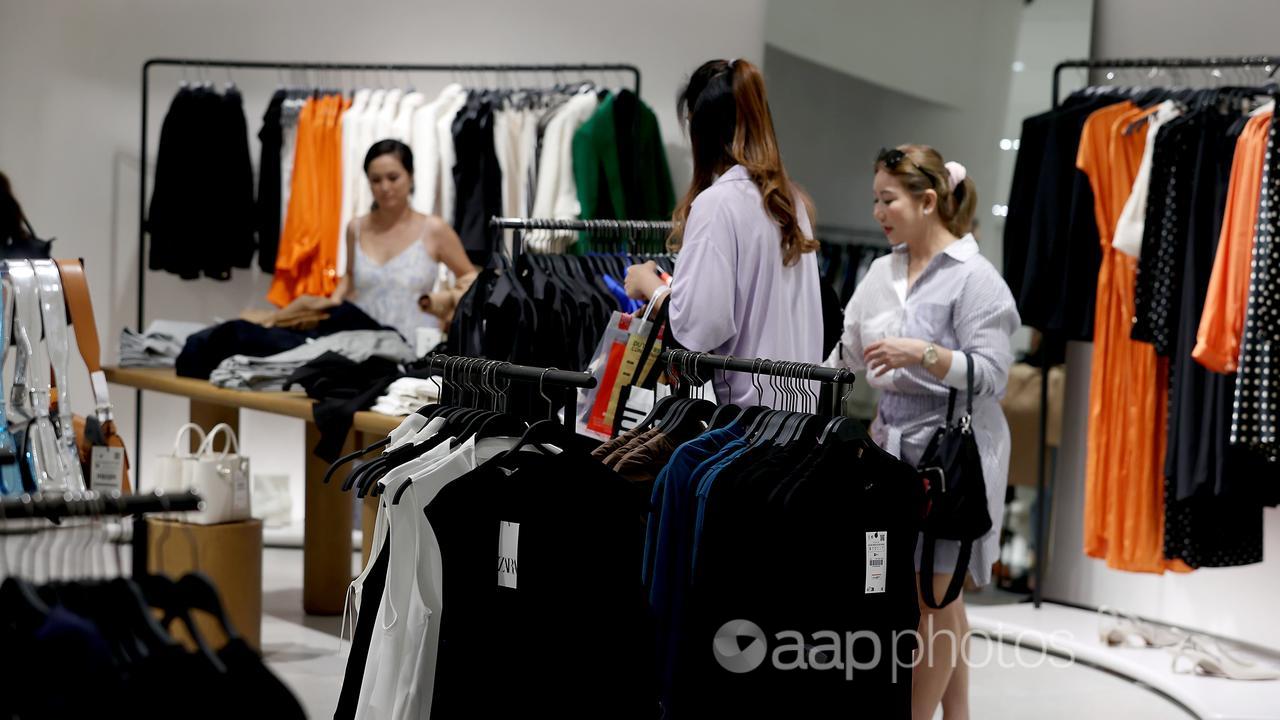Private sector wages are growing at the lowest rate in more than two and a half years as the cooling jobs market tempers pay negotiations.
Moderating wage pressures may come as a relief for an RBA preoccupied by persistent inflation and companies cutting costs, but Treasurer Jim Chalmers was celebrating “encouraging” wage growth.
The latest Australian Bureau of Statistics figures show average private sector wages rising 0.7 per cent in the June quarter, compared to 0.9 per cent in the March quarter.
June’s rise was the equal lowest quarterly gain since December 2021.
The Reserve Bank struck an unexpectedly hawkish tone at its August board meeting, keeping interest rates on hold but warning inflation was still too high and pushing back on expectations of near-term cuts.

ANZ economist Catherine Birch said Tuesday’s figures confirmed wage growth was slowing but only gradually.
The wage price index rose 0.8 in the three months to June, down from a 0.9 per cent rise in March, landing slightly weaker than expected.
In annual terms, wages held steady at 4.1 per cent, which was a little higher than forecast and was down from the December 2023 peak of 4.2 per cent.
That’s up from a low of 1.3 per cent in December 2020, the lowest point in a general trend downwards for wage growth after the global financial crisis, contributing to a widening wealth gap.
Dr Chalmers said the wages numbers were “very encouraging”.
“This is a first time in 15 years that wages growth has gone four for four – four consecutive quarters of annual nominal wage growth of at least four per cent,” he said in parliament on Tuesday.
The annual growth in wages was higher than the annual inflation rate of 3.8 per cent in June, representing another improvement in worker pay in real terms.
“We expect wage growth to continue to trend down slowly, reflecting rising spare capacity in the labour market, lower inflation and a smaller award wage rise this year,” Ms Birch at ANZ said.
She said the numbers were unlikely to shift the central bank’s view wages growth was “still above the level that can be sustained given trend productivity growth”.
To prevent wage gains adding to inflation, they need to be accompanied by productivity improvements to keep the cost of labour per unit of output contained.
Pay growth was stronger in the public sector, Tuesday’s release showed.
Wages in the public sector rose 0.9 per cent in the June quarter, up from 0.6 per cent in the March quarter.
This in part reflected synchronised timing of pay increases in the Commonwealth public sector, ABS head of prices statistics Michelle Marquardt said.
“Pay rises for these jobs had previously been paid at different times across quarters depending on the timing of individual agency agreements,” she said.

Tax cuts were bolstering household incomes and contributing to an improvement in consumer confidence, according to the Westpac-Melbourne Institute survey.
While pessimists still far outnumbered optimists, the survey captured a sizeable improvement in views on family finances.
CommSec economist Ryan Felsman said central bank and government policymakers would monitor consumer sentiment to try to get a handle on spending plans.
“A key uncertainty is how households respond to personal income tax cuts and energy rebates that kicked in last month,” Mr Felsman said.
Government spending was expected to strengthen heading into the likely 2025 federal election, he said, “potentially complicating the RBA’s inflation fight”.




















